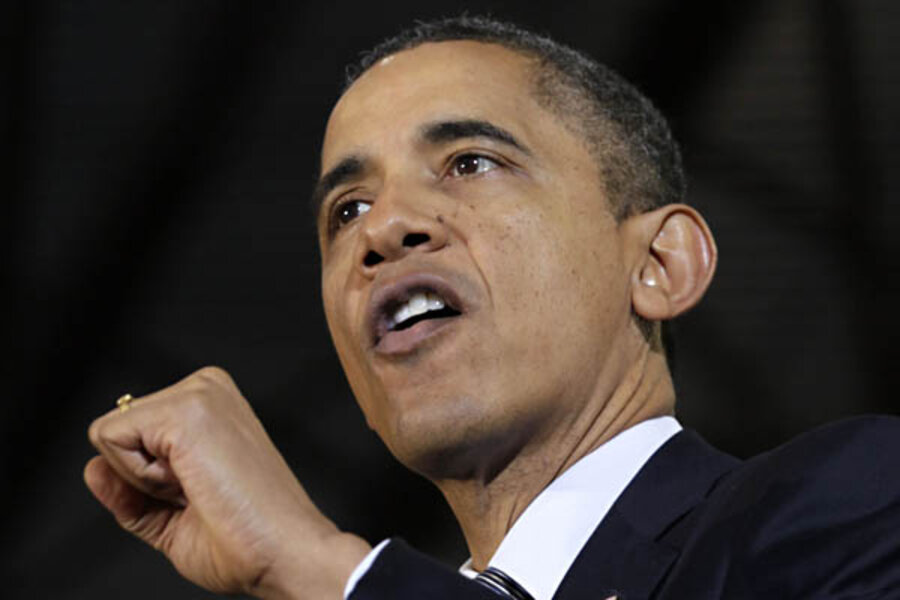How to restore the middle class
Loading...
In part 1 of this series, I argued that the President got the diagnosis exactly right in his recent speech in Kansas. I then suggested some more granular policy meat to put of those bones, and promised some more (ergo, Osawatomie Policy Agenda, or OPA).
Ezra Klein also yearned for more policy granularity and wrote about this problem—the “last-chapter problem”—where policy makers and analysts give a great diagnosis but kind of punt on the prescription. Ezra goes on to worry that it’s not just political dysfunction, either…we’re not sure what to do.
…even if the magic wand could be waved and the blockages of Washington lifted, we would still be far from solving our economic problems. Think tanks fairly burst with good ideas for changing the tax code and improving the health-care system and rebuilding our infrastructure. But when it comes to explaining why, exactly, median incomes have stagnated for decades and what, exactly, we can do about it, the conversation gets a little quieter. We’re much better at solving policy problems than we are at solving economic problems.
I’m sympathetic to this view, and interestingly, more so having worked at top levels of federal economic policy making. That is, solutions came to me more easily before I spent a few years inside the machine. This isn’t just “you don’t wanna know how the sausage is made” or “the Senate is where good ideas go to die.” It’s more that good economic policy making, whether it’s preventing a credit crisis or creating jobs, is harder than you think. As one example, it’s one thing to conceive of effective stimulus; it’s another to implement it (and before opposition types go reading too much into that observation, let me assert that VP Biden–my former boss–did a pretty amazing job as implementer-in-chief; that was an $800 billion program with thousands of moving parts, and nothing of that magnitude goes off without a hitch, but the VP got as close as you could get).
That said, I humbly submit that the policy solution set is perhaps not as elusive as all that. Here is my list of what it would take to restore broadly shared prosperity to the middle class, push back on inequality and promote mobility for the less advantaged.
–full employment to increase workers’ bargaining clout
–more union membership as a countervailing force to the YOYOs
–a lot more infrastructure investment
–more progressive taxation to support gov’t investment in the economy, the safety net, and education/training
–universal health care
–robust tax credits for low-wage jobs and a minimum wage set at a decent level and indexed
–tough financial regulation
–universal pre-K
There it is. And sure, the devils in the details (how do we ensure full employment; what’s a “decent level” for the min wage?) and we’re obviously miles away from a politics that would entertain such ideas. But I’ll bet you they would work.
Any takers?





